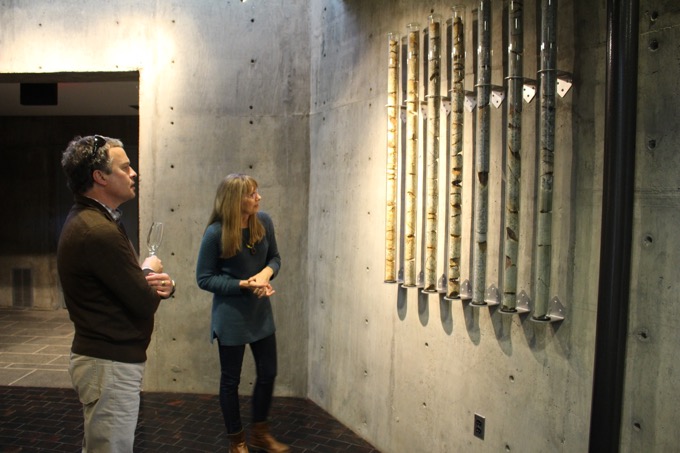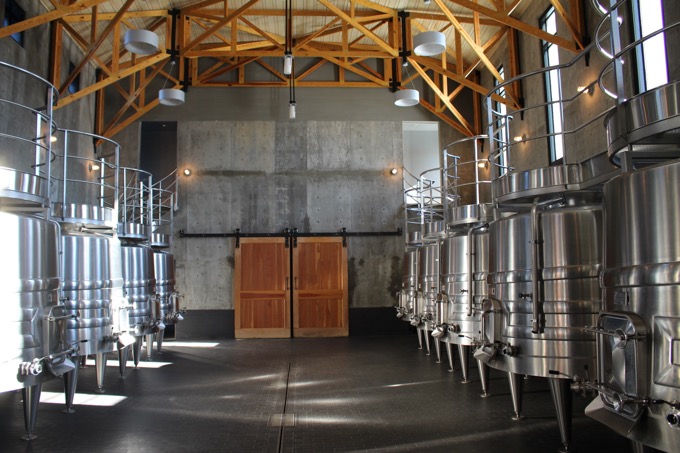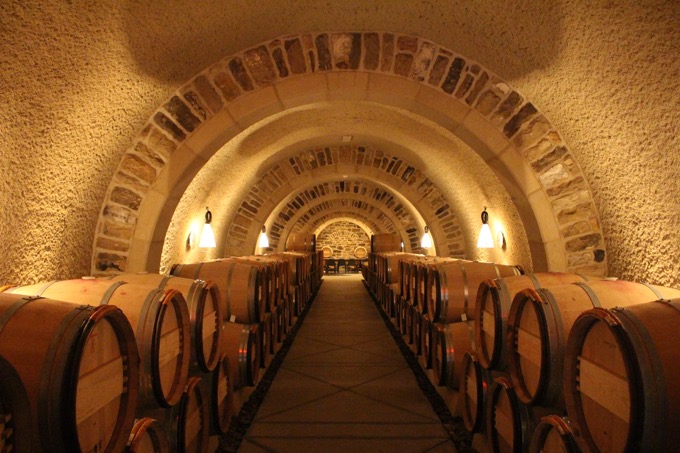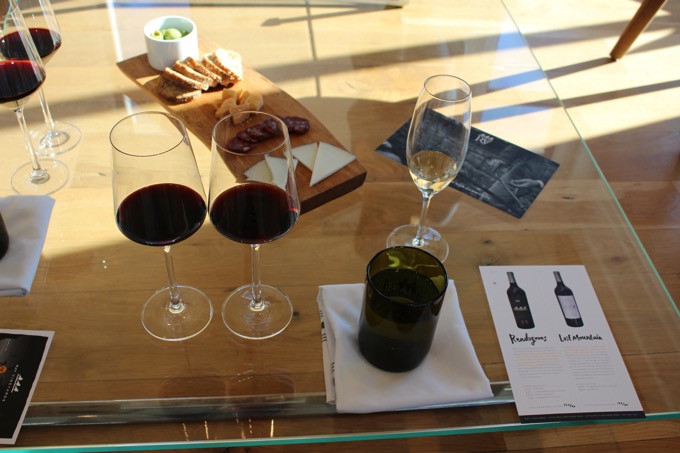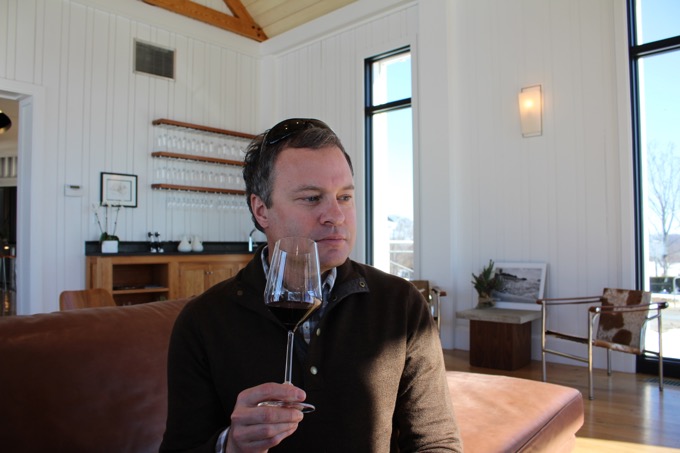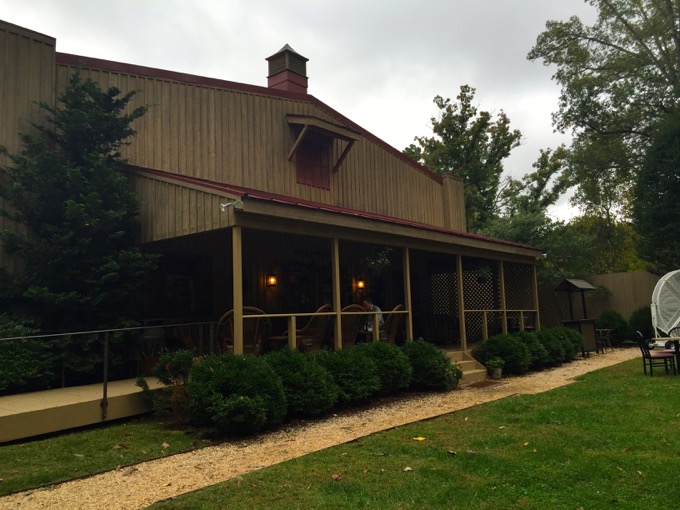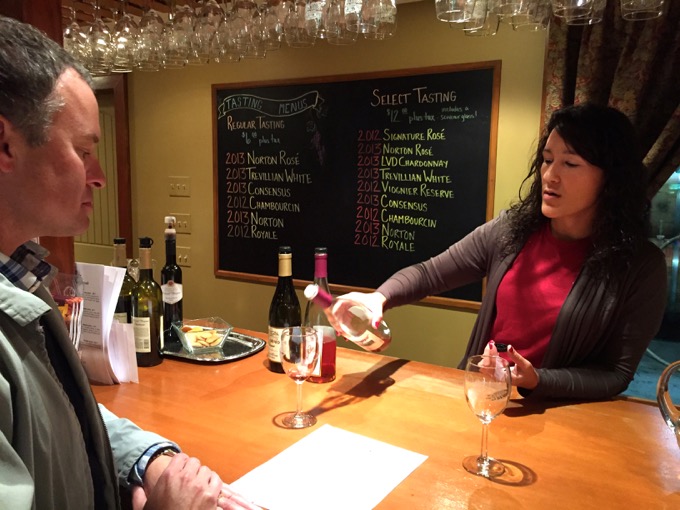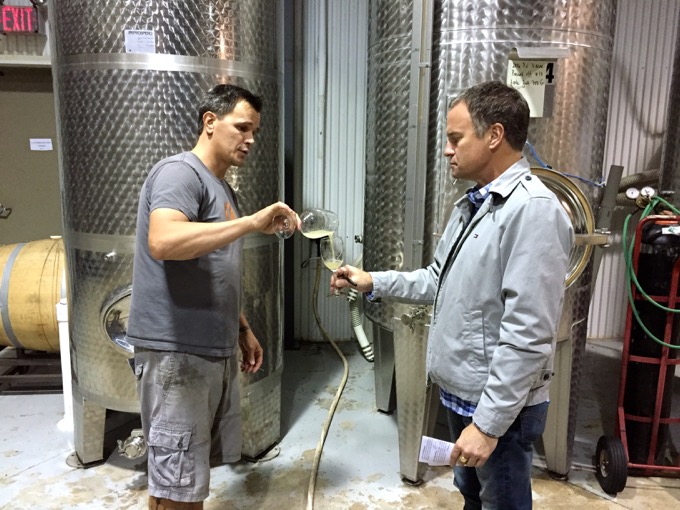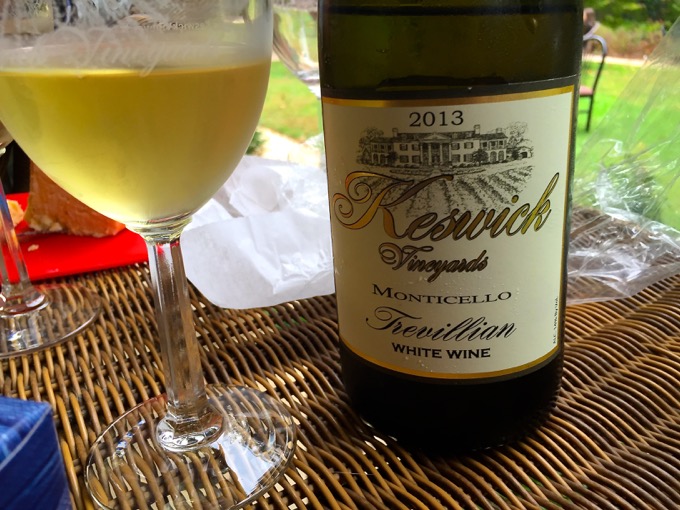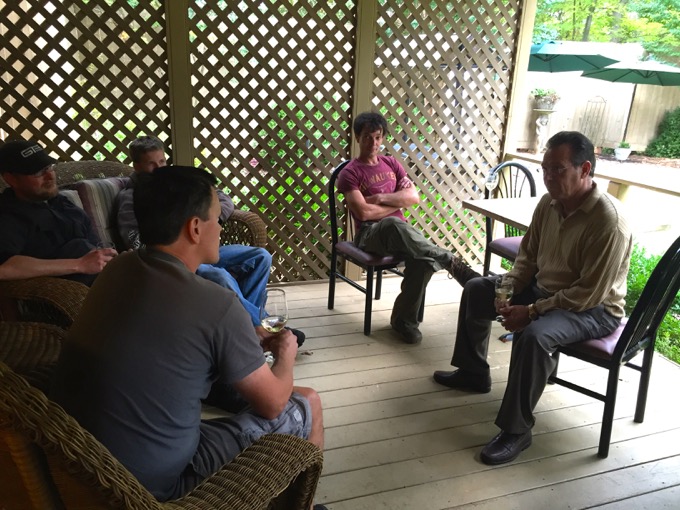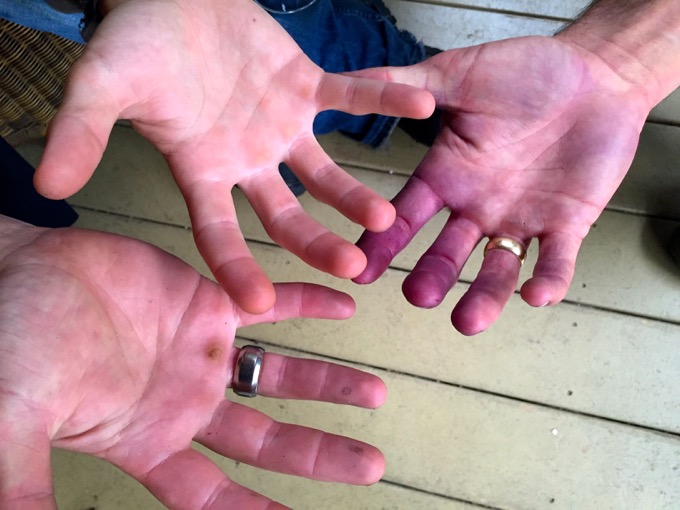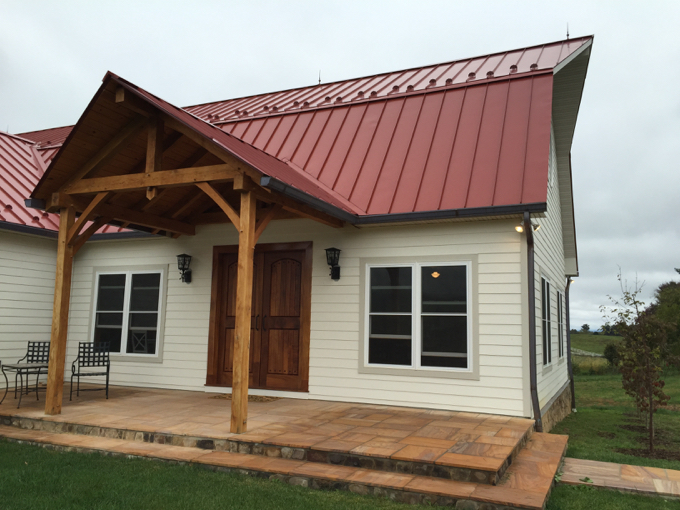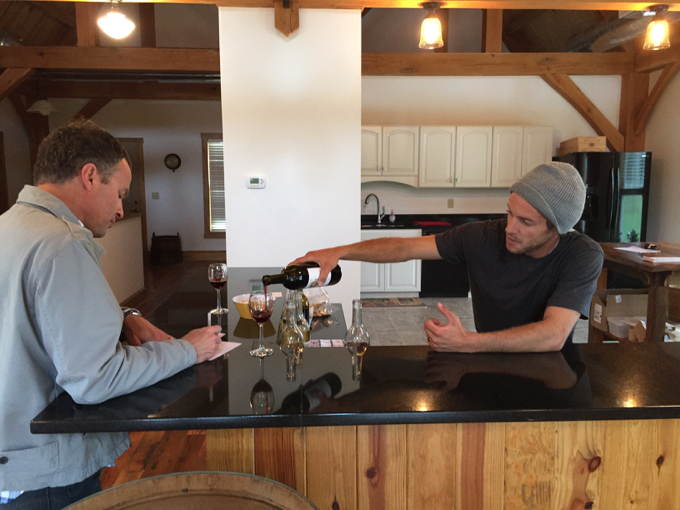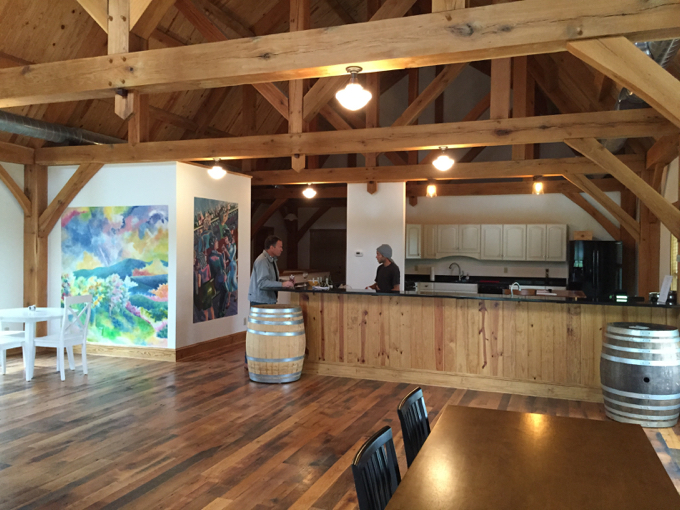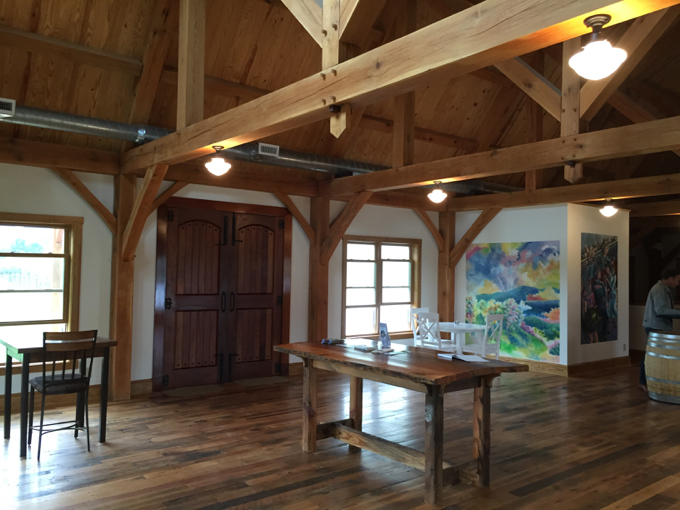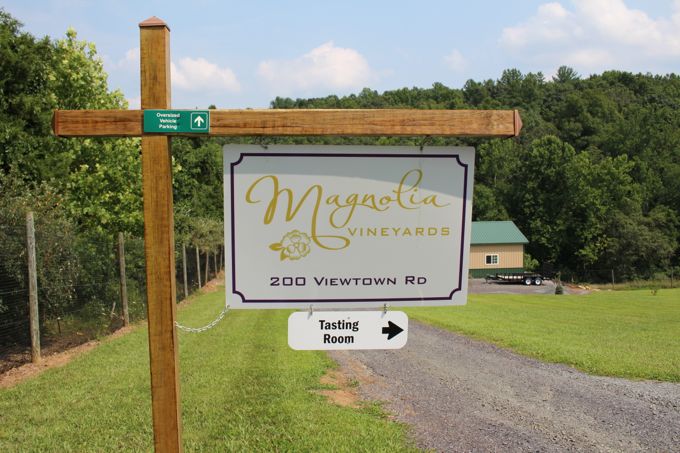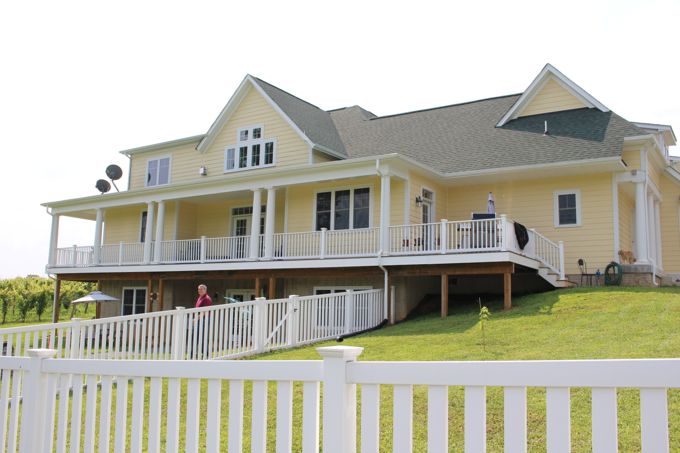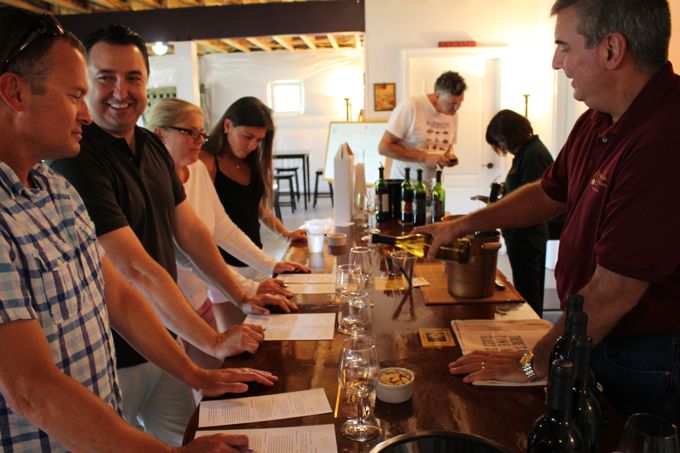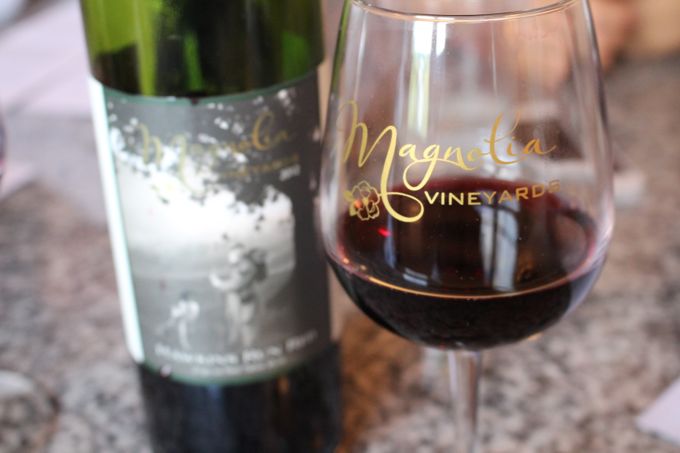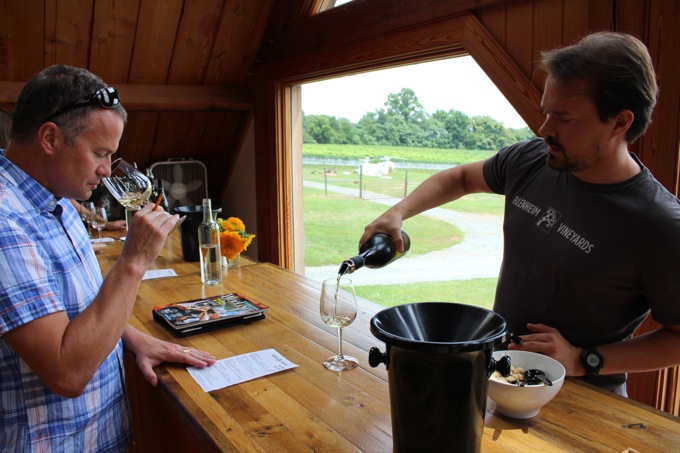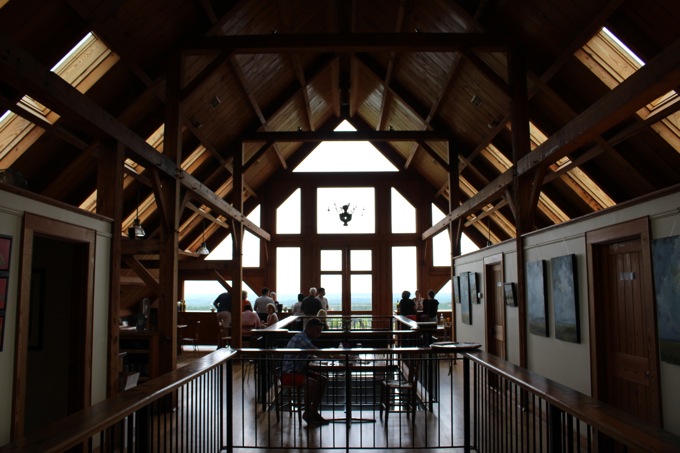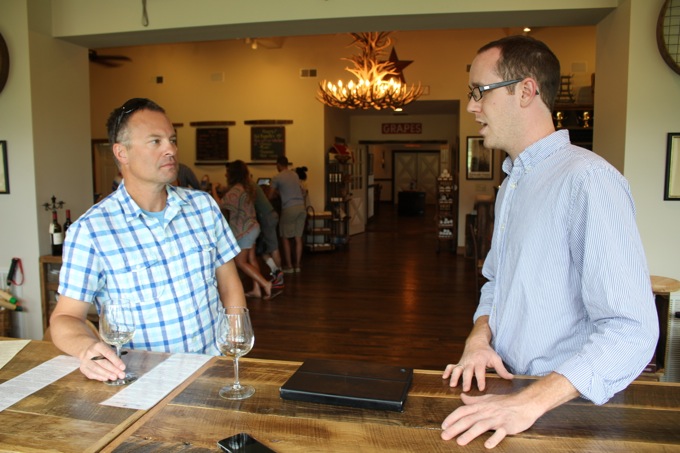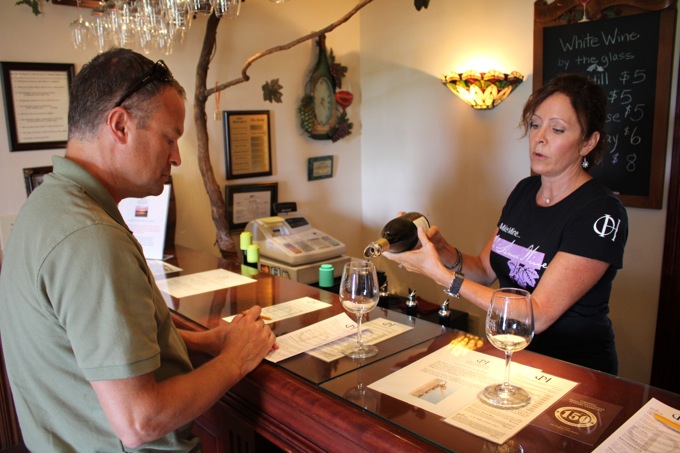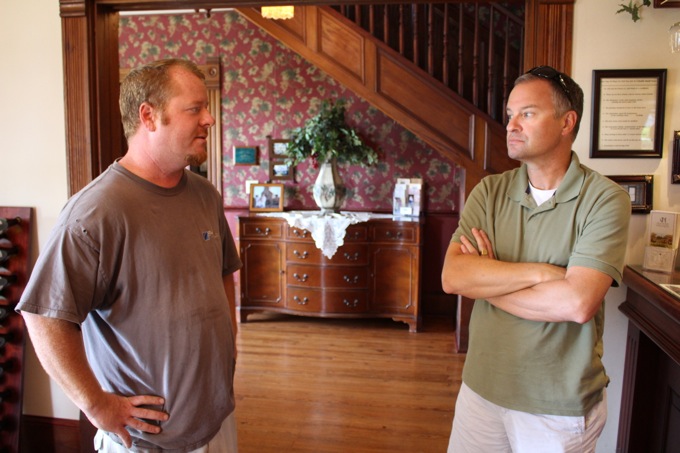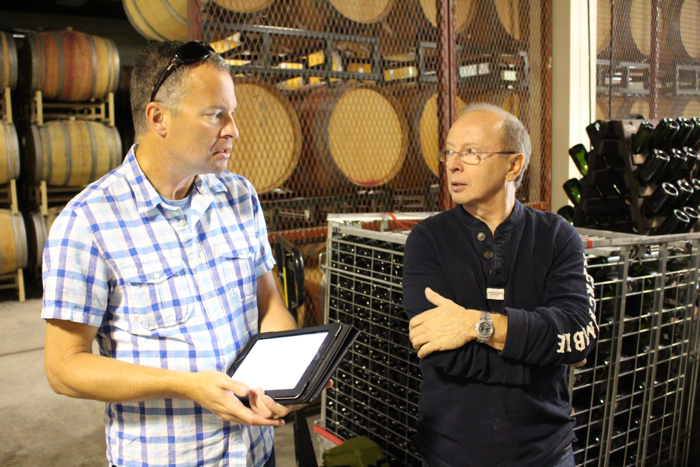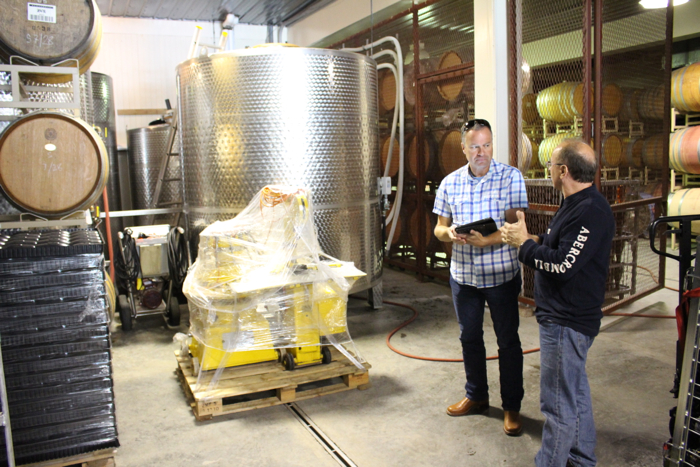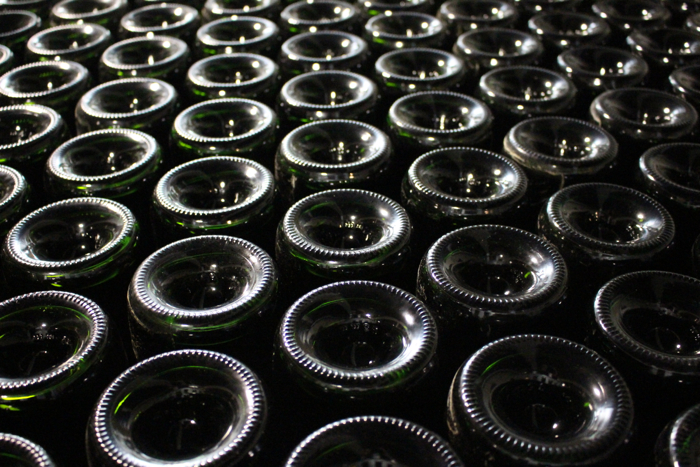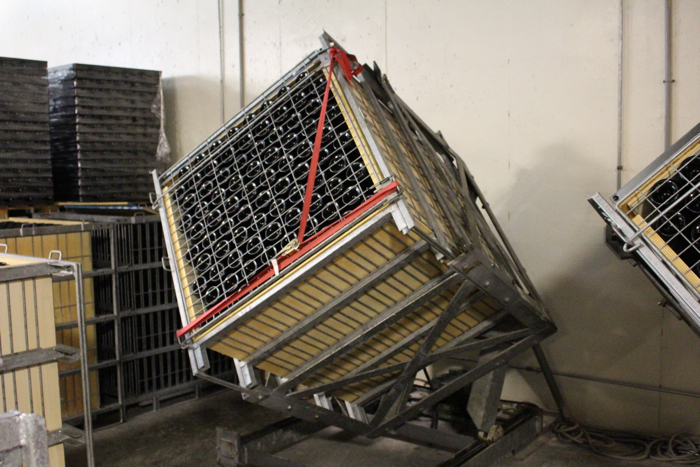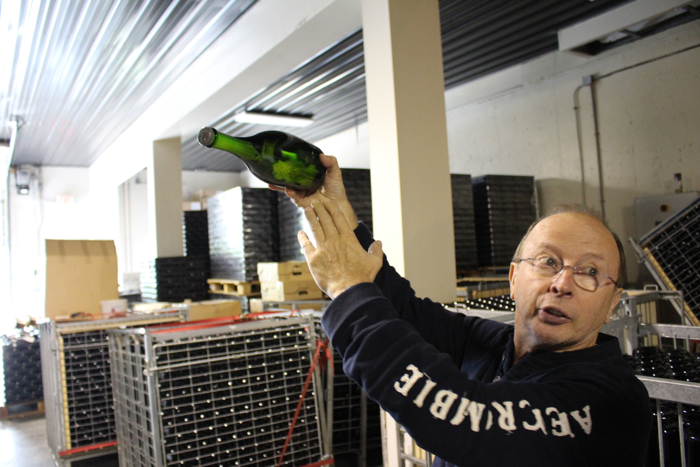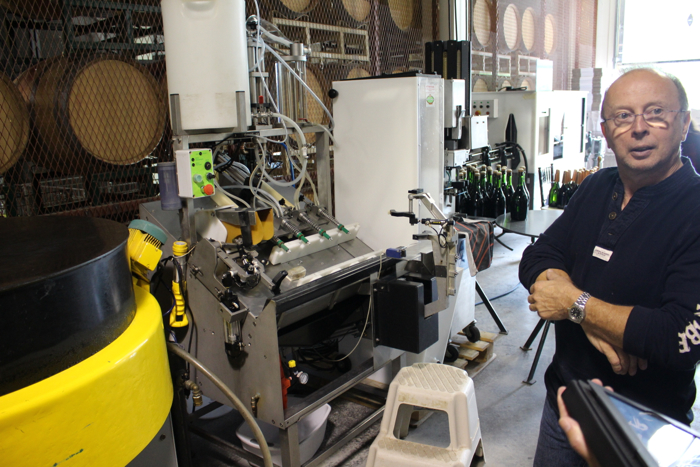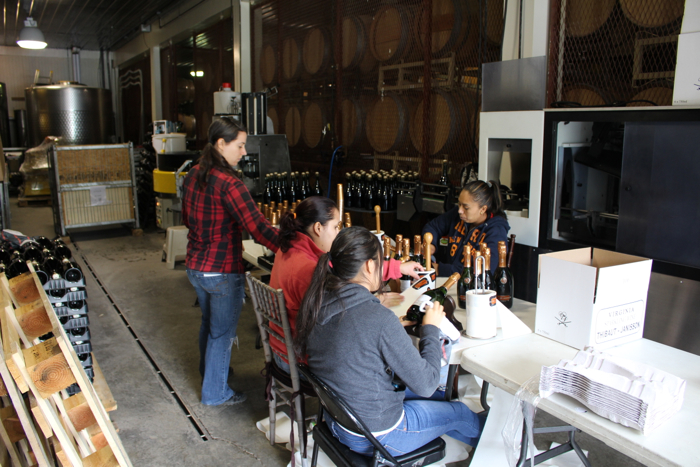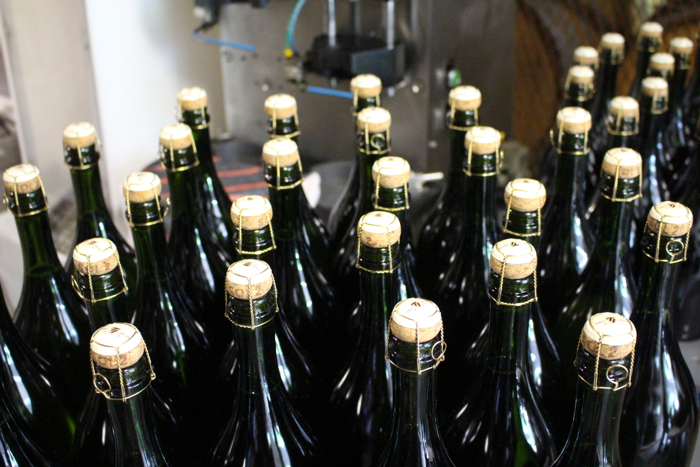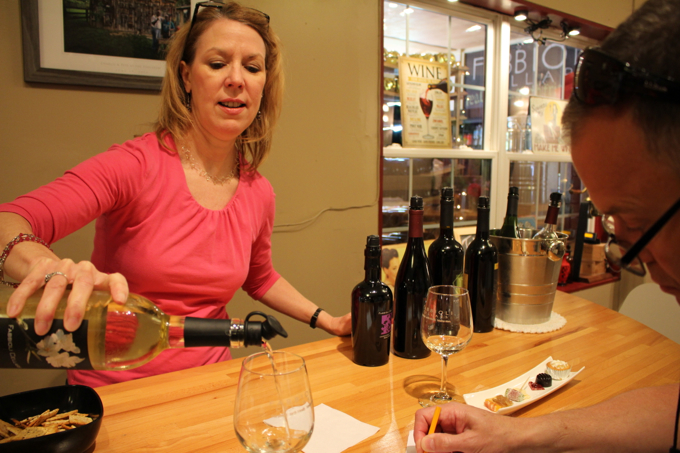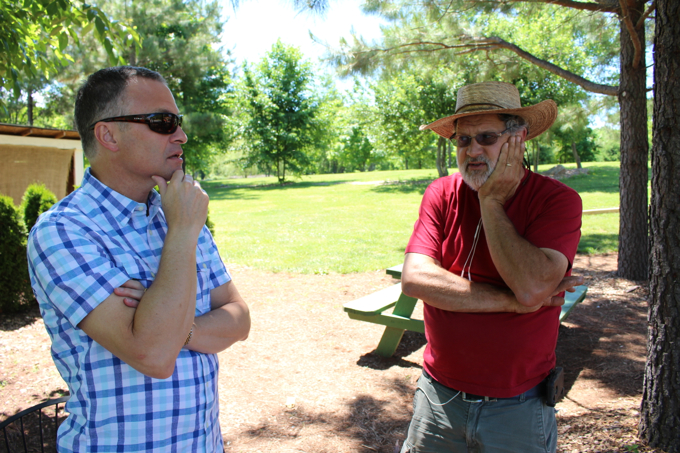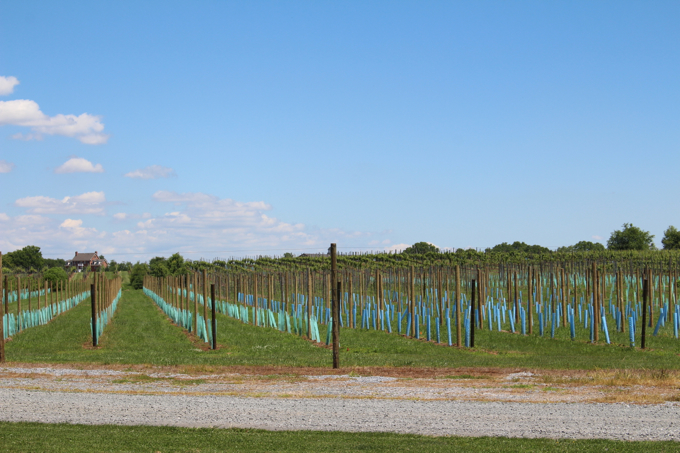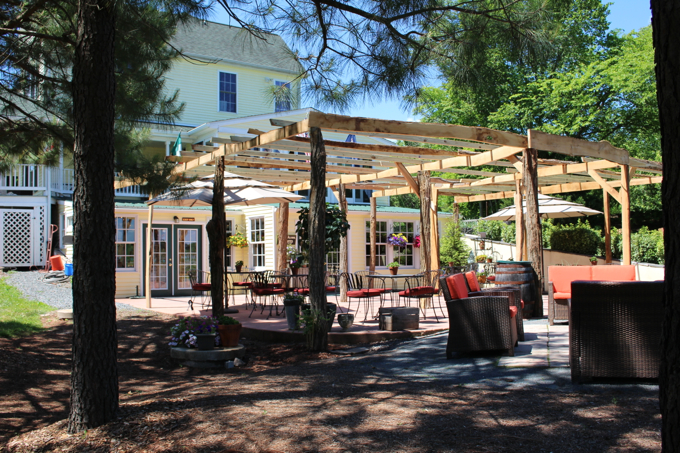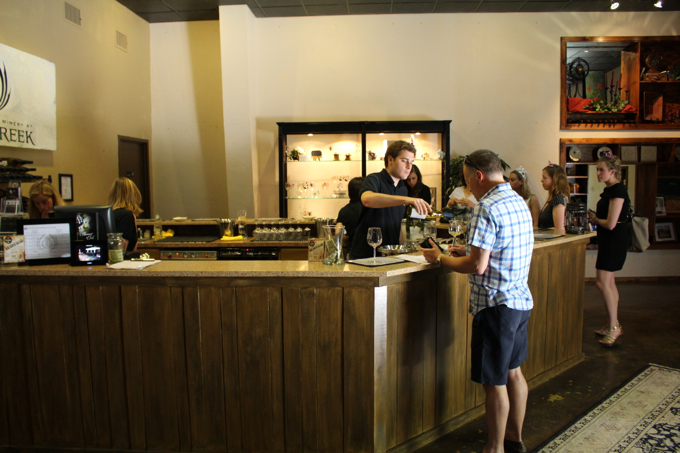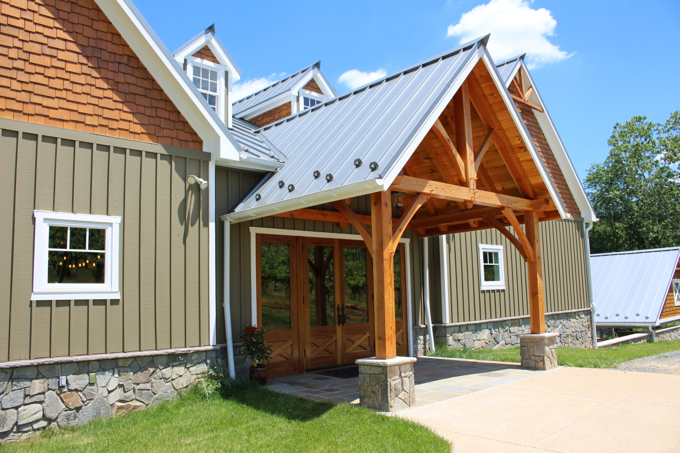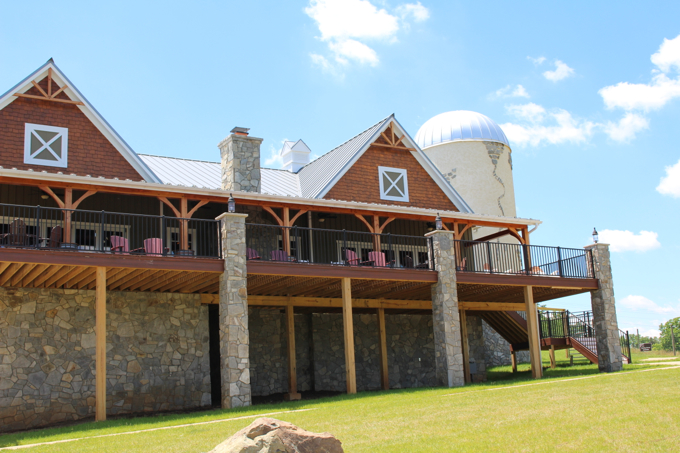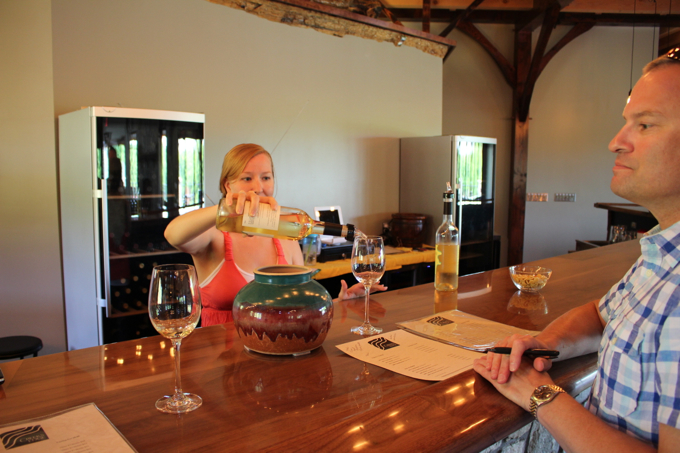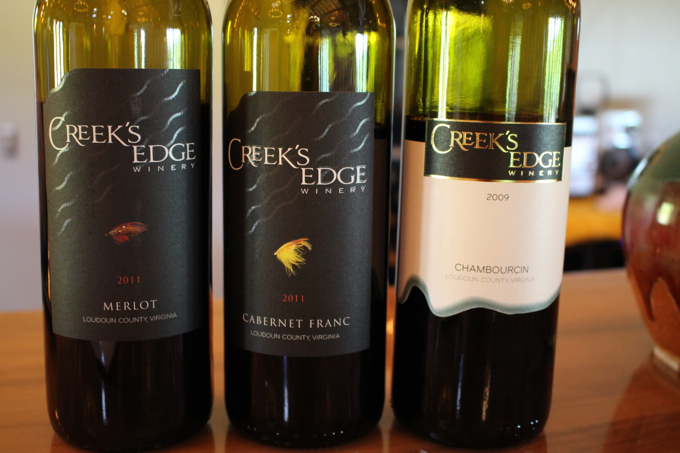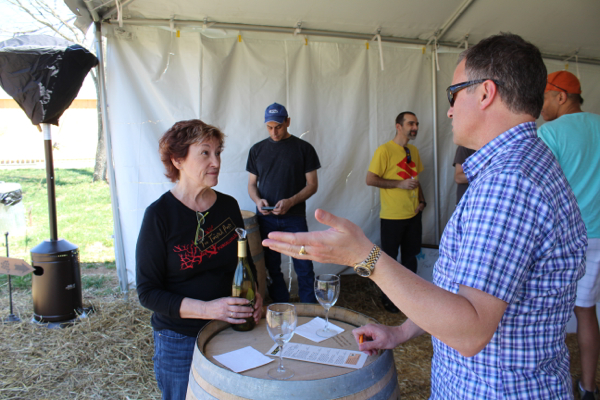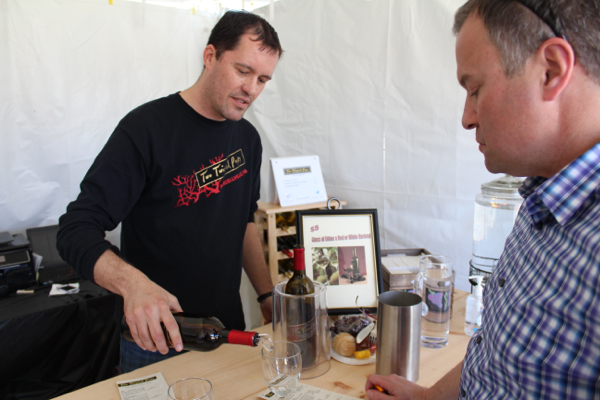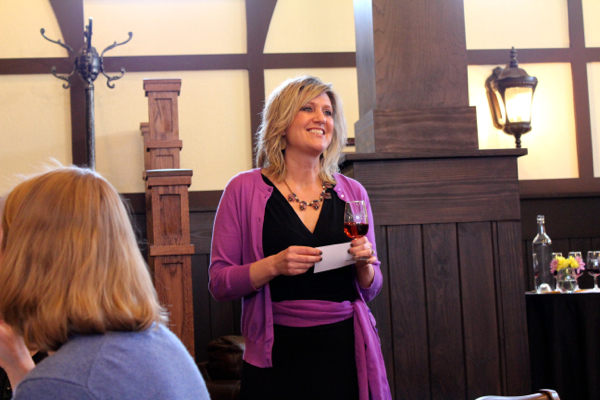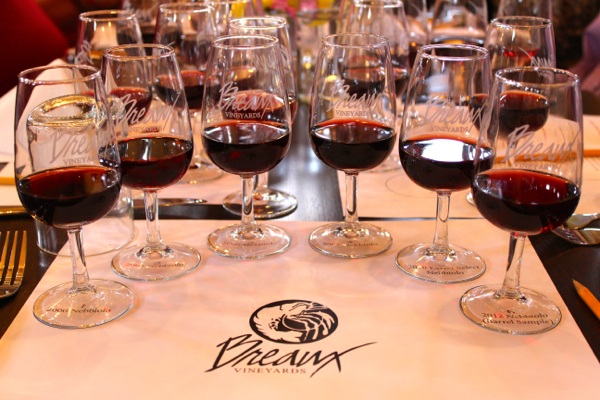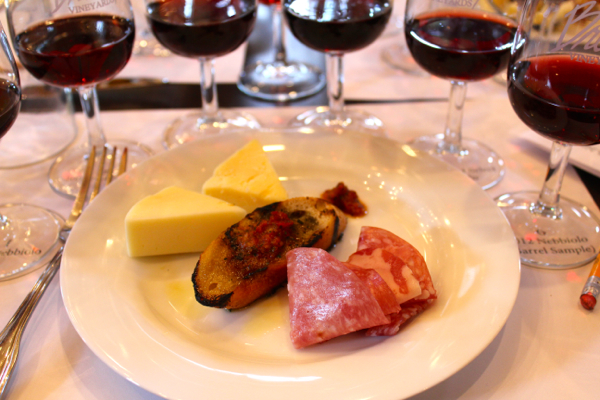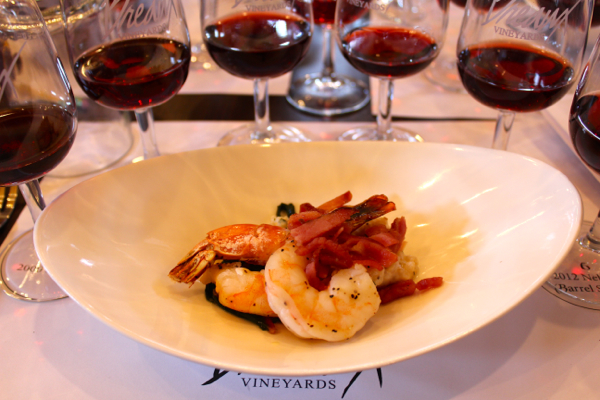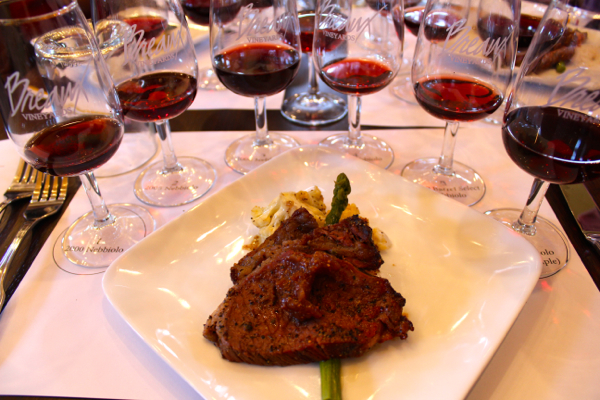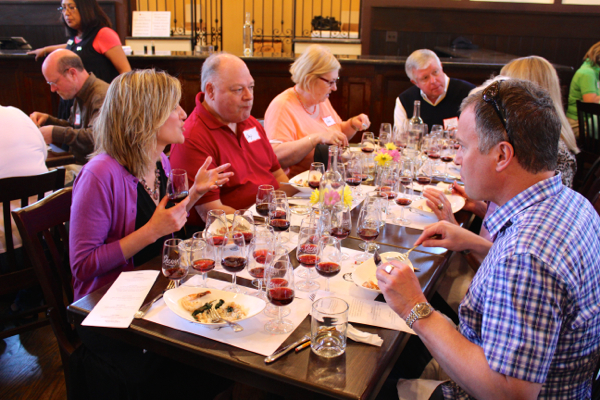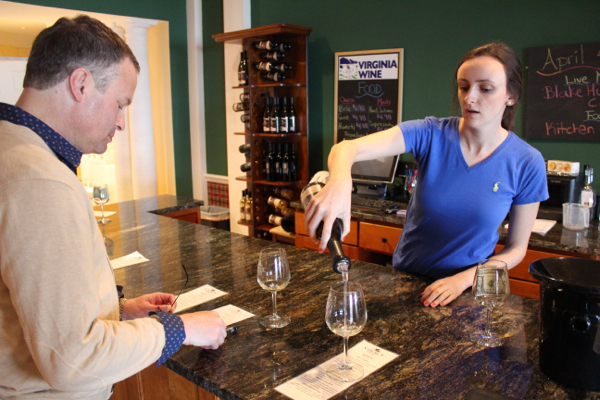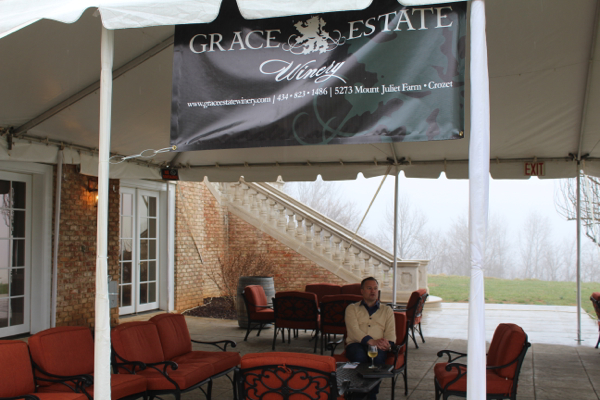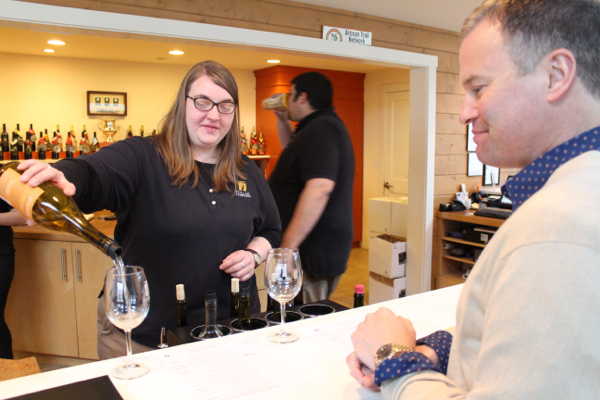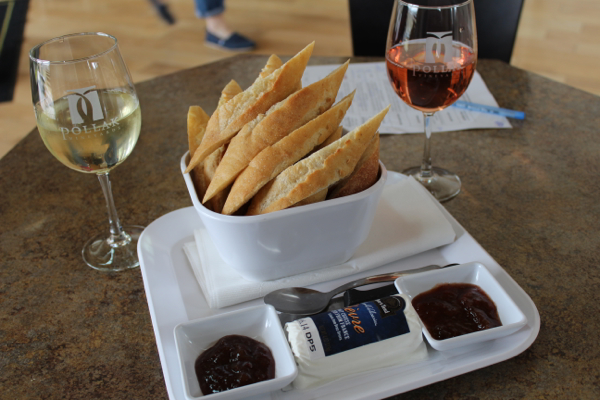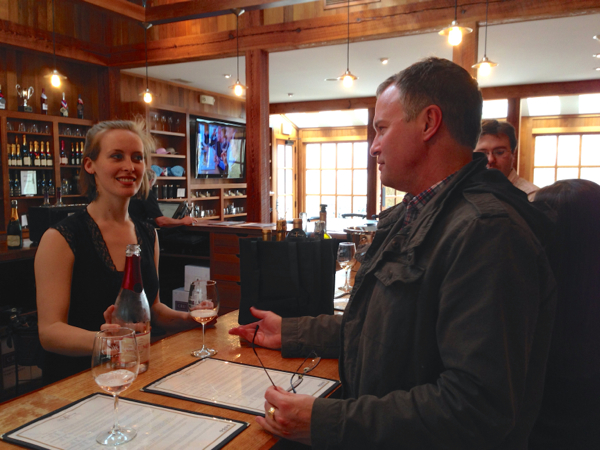https://yourartbeat.net/2025/03/11/02fezs0w13 We finally made it out to RdV Vineyards! The winery has been on our list of wineries to visit for quite a while, and we made an appointment for the weekend after a wintry week of snow and frigid temperatures. We bundled up and headed out to the winery; as we wound our way up to the facility, we were awed by the beauty of the wintry landscape. Before long, we were at the gates of RdV Vineyards, which gracefully swung open to welcome us.
https://www.salernoformazione.com/pr95bdpyr9 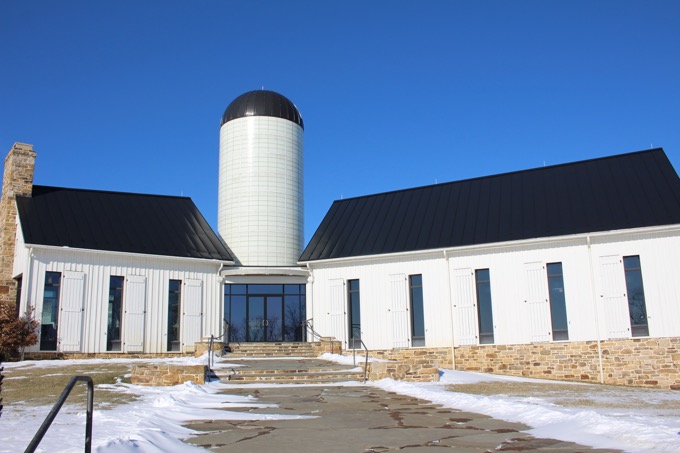
Order Klonopin Overnight Shipping As we drove up to the parking area, we were immediately impressed with the architecture of the facility. At the center was a silo that serves as the hub for other refurbished structures that include the tasting room. The white snow on the ground and surrounding mountainside complemented the white structures to create a wintry glow that suggested both warmth and sophistication. We were not disappointed when Connie, our tasting associate, greeted us and invited us into the well-appointed tasting room and gave us a moment to warm up next a roaring fire. Glasses of champagne were handed to us, and these said, “hello” as their bubbles danced to the top of the glass as though to compete with the rising flames within the fireplace.
https://www.mdifitness.com/6zpzj9b5dif 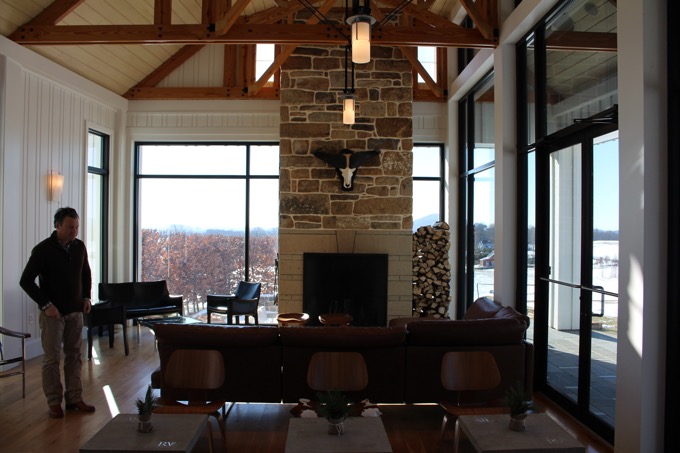
https://www.onoranzefunebriurbino.com/ej8l4q5s25 Connie rejoined us to begin our tour of the facility, and this included a brief biography of owner Rutger de Vink, a man of Dutch heritage who gave up the 9 to 5 life of a .com executive to establish a vineyard in Virginia. De Vink tutored under wine master Jim Law in the early 2000s and by 2006 found a vineyard site thanks to the expertise of noted viticulturist Lucie Morton. De Vink’s vineyard is located on a former farm site noted for its graphite soil composition—poor stuff for most fruits and vegetables but perfect for a vineyard. Graphite is the stuff that makes vines struggle for water and nutrients and thus well suited for producing grapes that produce world-class wines. Sixteen acres of the RdV site is devoted to growing four of the five Bordeaux varietals, and these include Cabernet Sauvignon, Cabernet Franc, Merlot, and Petit Verdot. And the name RdV? These are the initials of owner Rutger de Vink!
https://www.emilymunday.co.uk/bfkeo2y0 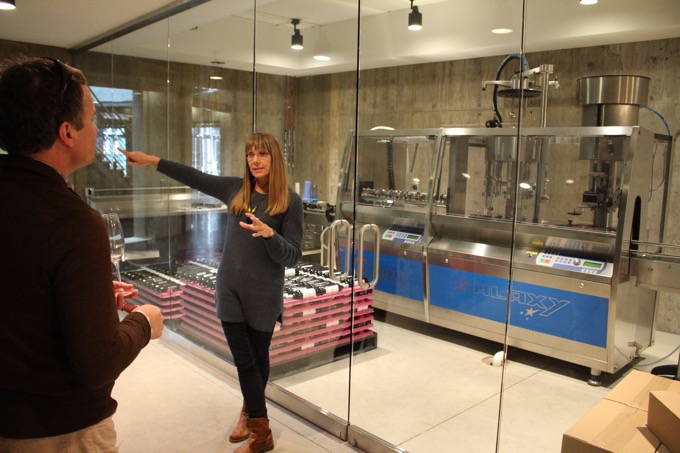
https://www.plantillaslago.com/tabdutkpk 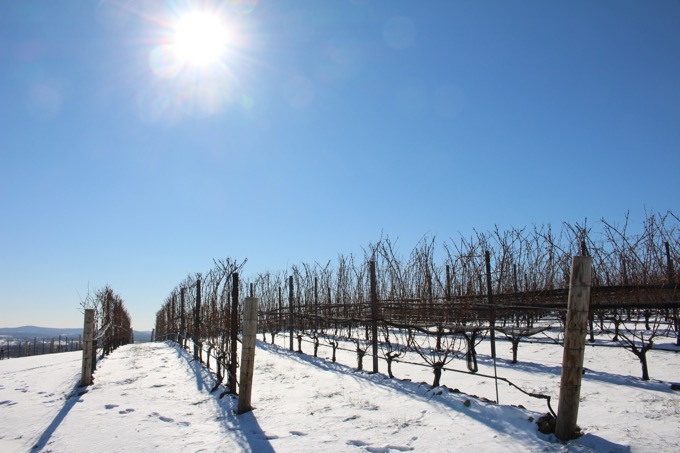
The tour continued into the wine caves where tanks, barrels, and caged bottles are stored. State of the art tanks include individual digital monitors; it was here that we learned that grapes are harvested in lots and therefore ferment in tanks when the lot is picked—grapes for each lot are harvested only when they are ready. From tanks the grape juice continues to evolve in French oak barrels some of which are new while others are older and therefore more neutral. From barrels the wines then go into bottles where they age in cages until ready for release. Wines typically age for about two years in French oak barrels before they are bottled and released.
https://www.scarpellino.com/dzygukh4 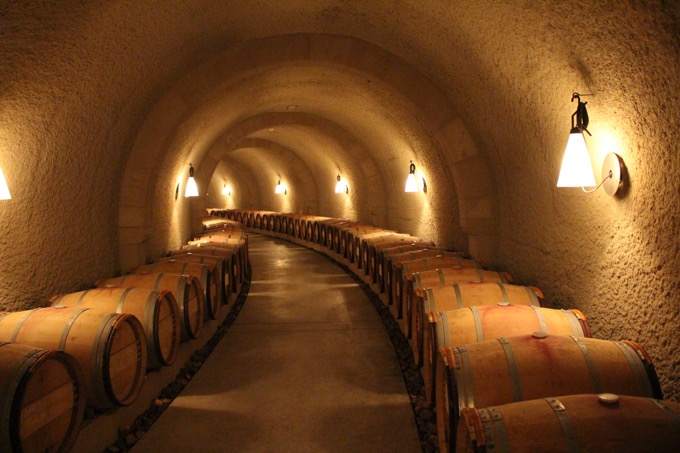
https://ballymenachamber.co.uk/?p=n8gogd2w0h So what about the wines, you ask? Connie returned us to the tasting room and its roaring blaze; windows encased the entire room to allow for the full afternoon sun to provide further warmth and ambiance. On coffee tables rested two wine glasses and a plate of cheeses, bread, and olives. The glasses were filled with samples of the two wines that RdV produces—the Merlot-based Rendez-vous and the right-bank inspired Lost Mountain. Rendezvous 2010 was the more accessible of the two with dark cherry notes and a rounder mouth feel; dark fruit flavors were noted in the mouth with soft tannins to boot. The blend included Merlot (44%), Cabernet Sauvignon (24%), Petit Verdot (20%), and Cabernet Franc (12%). The 2010 Lost Mountain presented more complexity with a denser hue; swirling coaxed out elements of blackberry, dark cherry, and tobacco. The tannins were also more evident yet still velvety. Plan to cellar this one! The blend includes Cabernet Sauvignon (64%) and Merlot (36%).
Order Zolpidem Tartrate Online 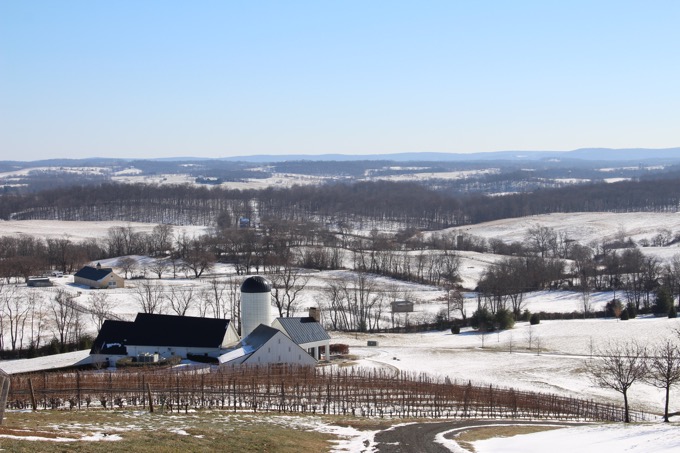
Cheap Zolpidem Online The wines matched the elegance and sophistication of the RdV facility. As we sipped and savored our wines, it was not hard to imagine that we had been whisked away to a Swiss chalet as we beheld the snow-covered landscape from the tasting room. In time, our tour and tasting came to an end, and we made certain to purchase a bottle each of the 2010 Rendezvous and the 2010 Lost Mountain. Be sure to reserve your own tasting at RdV, and mention that Virginia Wine Time sent you!
